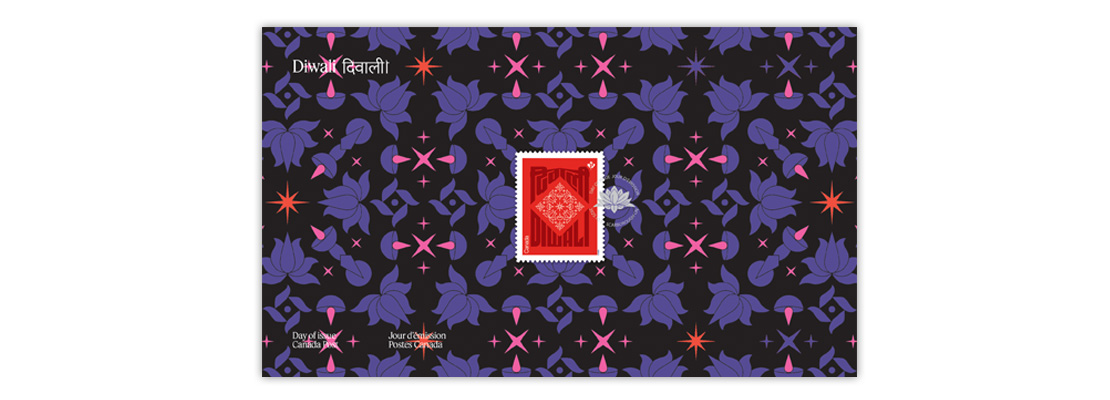Diwali is one of the largest and most widely celebrated festivals in India – and one observed by Hindus, Sikhs, Buddhists, Jains and other communities in Canada and in many parts of the world. Also called the Festival of Lights, the celebration’s main theme is the triumph of light over darkness and good over evil.
While different regions and communities celebrate aspects of Diwali in different ways, many traditions are designed to invite Lakshmi, the goddess of wealth and prosperity, and receive her blessings.
To that end, small clay oil lamps, called diyas, are often lit in rows in homes and temples or set adrift on rivers; and beautiful garlands, known as toranas, are often draped across the entrances and facades of homes and temples.
Rangolis are another auspicious decoration that features prominently during Diwali. Deeply meaningful and believed to hold divine power, these intricate floor patterns are works of art created in living rooms, courtyards and entranceways using grain, flower petals, coloured sand or rice, and other materials. Women traditionally practise this ancient art to welcome guests and encourage Lakshmi to bless those who enter. At the end of Diwali, rangolis are swept or washed away.
“I was about seven when I first helped my mum decorate for Diwali and make rangolis outside our door,” says Ritu Kanal, who designed Canada Post’s 2025 Diwali stamp. “We’d use white and coloured powders, starting with a simple grid of dots that we’d lay out first and then fill in with colour to form geometric patterns.”
Depending on the intricacy of the design, the process took Kanal and her mother 15 to 30 minutes to complete. “Those early experiences were such a big part of how I learned to appreciate the care, precision and creativity behind rangoli making,” she says.
In many homes in India, making floor patterns is a daily, almost meditative ritual. Designs are passed down for generations, often from mother to daughter. “My mum’s side of the family had a tradition of having a small rangoli pattern on the doorstep throughout the year, not just on Diwali,” says Kanal, “so I grew up doing those a lot at my great-uncle’s house and when visiting my grandparents.”
Some rangoli designs date back thousands of years. Motifs range from geometric shapes to sacred or celestial symbols and auspicious animals, plants and flowers. Some floor patterns serve as a source of food for insects, birds and other small creatures. In this way, they symbolize the charitable focus of the holiday. During Diwali, families and friends also often exchange gifts and give food and goods to those in need.
“Living in apartments in Toronto makes it hard to create rangolis outside the door or even inside the house since space is limited. But we still celebrate by decorating our home for Diwali with diyas, candles and other festive touches,” says Kanal. “I think this year we might try to make a rangoli to celebrate the release of this stamp though, and I am very much looking forward to that!”

Product: Diwali (2025): booklet of 6 Permanent™ domestic rate stamps
Article: 414301111
Stamp Size: 1 Stamp: 28 mm (W) x 35 mm (H)
Quantity: 55,000 booklets of 6 Permanent™ domestic rate stamps
Printing process: Lithography
Price: $7.44
Product: Diwali (2025): Official First Day Cover
Article: 414301131
Size: 190 mm (W) x 112 mm (H)
Quantity: 4,500
Cancel: Scarborough, ON
Price: $2.24
Design: Underline Design
Printer: Lowe-Martin
New Diwali stamp features traditional Rangoli pattern
Available now